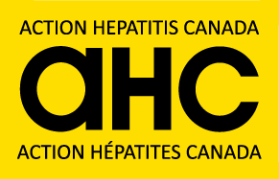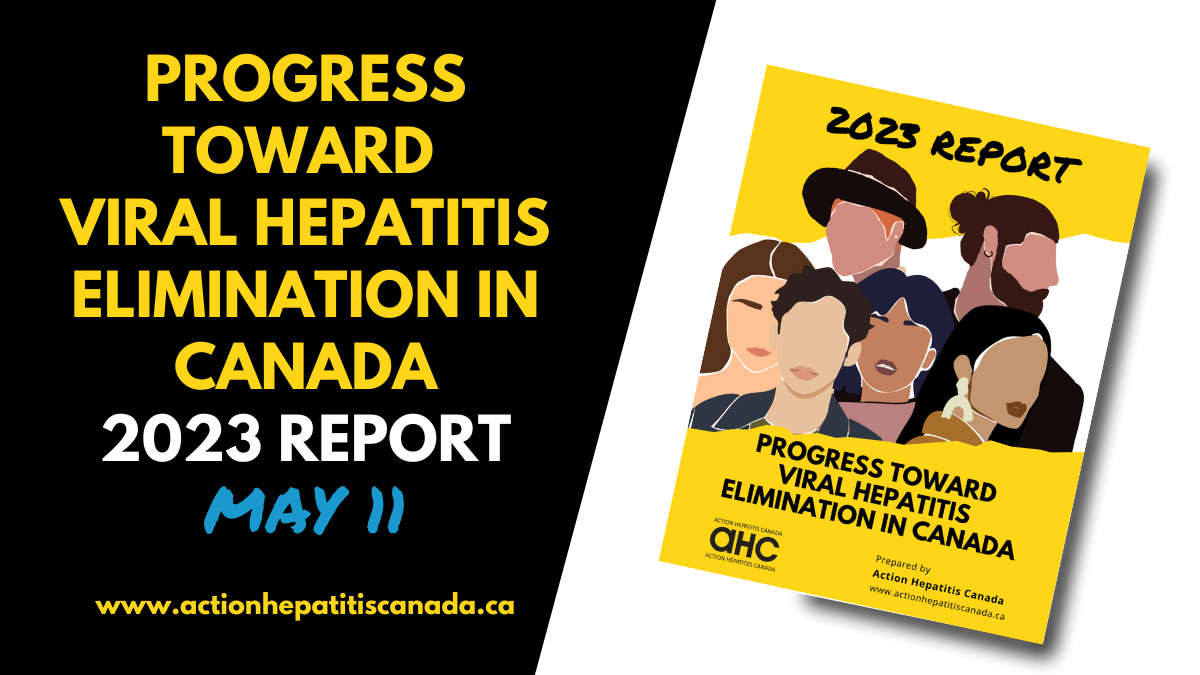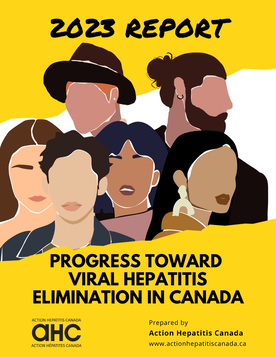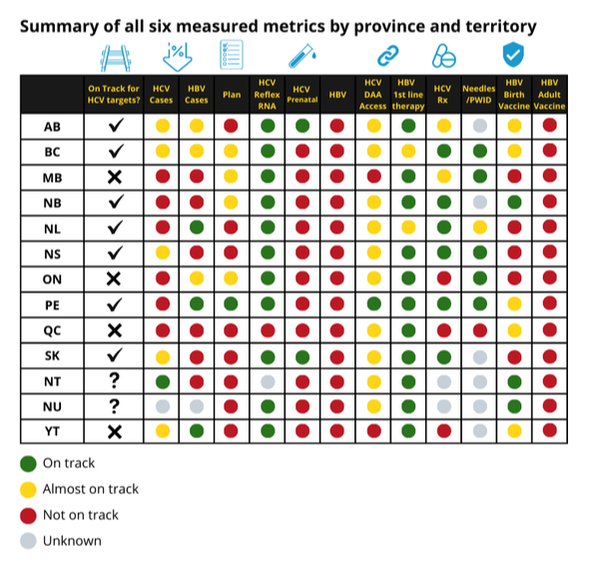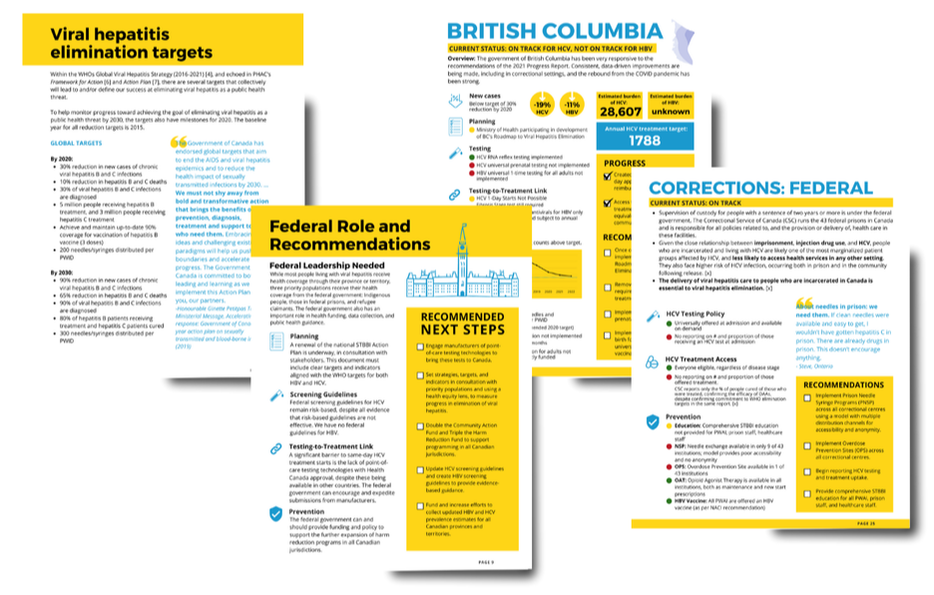Holding government accountable.
Canada's Promise
In May 2016, Canada signed on to the World Health Organization (WHO)’s first ever Global Viral Hepatitis Strategy, with the goal of eliminating viral hepatitis as a public health threat by 2030.
Yet the federal government has been clear that the provinces and territories will be accountable to their citizens to meet this target, not the federal government. This progress report is a tool to use in providing that accountability.
In May 2016, Canada signed on to the World Health Organization (WHO)’s first ever Global Viral Hepatitis Strategy, with the goal of eliminating viral hepatitis as a public health threat by 2030.
Yet the federal government has been clear that the provinces and territories will be accountable to their citizens to meet this target, not the federal government. This progress report is a tool to use in providing that accountability.
Six Metrics To Measure Our Progress
In designing the progress report, we selected six metrics based on the availability of data, as well as the centrality of the target to the overall elimination goals.
We updated the metrics for the 2023 report to include hepatitis B metrics. and to more closely align with the WHO targets, as these were endorsed by all provinces and territories, as well as included in the pan-Canadian framework for action and the Canadian government’s five-year action plan.
Metric 1: New cases of hepatitis C and B
The WHO 2020 target for the decrease in new cases of both hepatitis C and B was 30%.
Metric 2: Elimination plan or strategy
Each jurisdiction must create and implement its own strategy toward viral hepatitis elimination.
Metric 3: Testing for hepatitis C and B
Metric 4: Access to hepatitis C and B treatment following diagnosis
Metric 5: Annual hepatitis C treatment prescribing counts
Metric 6: Prevention measures
We updated the metrics for the 2023 report to include hepatitis B metrics. and to more closely align with the WHO targets, as these were endorsed by all provinces and territories, as well as included in the pan-Canadian framework for action and the Canadian government’s five-year action plan.
Metric 1: New cases of hepatitis C and B
The WHO 2020 target for the decrease in new cases of both hepatitis C and B was 30%.
Metric 2: Elimination plan or strategy
Each jurisdiction must create and implement its own strategy toward viral hepatitis elimination.
Metric 3: Testing for hepatitis C and B
- Hepatitis C RNA or antigen reflex testing implemented?
- Hepatitis C prenatal testing implemented?
- Hepatitis B universal one-time screening for all adults implemented?
Metric 4: Access to hepatitis C and B treatment following diagnosis
- One-day hepatitis C treatment start possible with direct-acting antivirals?
- First-line recommended hepatitis B treatments available without barriers?
Metric 5: Annual hepatitis C treatment prescribing counts
Metric 6: Prevention measures
- Number of needles and syringes distributed - does it meet the WHO 2020 target of 200 distributed for each person who injects drugs?
- Hepatitis B birth dose vaccine implemented?
- Hepatitis B universal adult vaccination recommended and publicly funded?
Health Equity & Viral Hepatitis
As a coalition of community-based organizations, AHC approaches viral hepatitis using a social justice and health equity lens. Viral hepatitis affects a number of populations that have been historically marginalized by mainstream healthcare, creating hurdles to equitable prevention, testing and treatment services. These barriers to achieving viral hepatitis elimination will remain if we do not take a reconciliatory approach to healthcare for Indigenous people, and address inequities in healthcare access for people living in remote and rural areas, as well as for those structurally excluded from mainstream healthcare and society more broadly.
Current Status
Notable Progress Since 2021
|
Report Contents
OUR ASKS: Recommended Next Steps
Federal
- Set strategies, targets, and indicators in consultation with priority populations and using a health equity lens, to measure progress in elimination of viral hepatitis in the Canadian STBBI Action Plan Refresh happening this year.
- Engage manufacturers of point-of-care testing technologies to bring these tests to Canada.
- Update HCV testing guidelines to be evidence based, and develop evidence-based national screening guidelines for HBV.
- Fund and expand harm reduction programming in all Canadian jurisdictions.
- Fund and increase efforts to collect updated HBV and HCV prevalence estimates for all Canadian provinces and territories.
Provincial/Territorial
- Develop and implement provincial/territorial elimination plans that includes targets, in consultation with priority populations and using a health equity lens.
- Remove any remaining unnecessary tests such as fibrosis stage tests, genotype tests for DAA reimbursement, and implement mechanism for same-day approval for DAA reimbursement requests to replace faxed forms that takes days or weeks.
- Increase needle and syringe distribution in collaboration with community organizations, and track distribution.
- Implement universal HCV prenatal screening, alongside existing universal HIV and HBV prenatal screening.
- Provide HBV vaccination for all babies at birth, and implement policies that recommend and fund adult HBV vaccinations for those who are not already vaccinated.
Corrections
- Shift healthcare responsibility to Ministry of Health in provincials and territories where this has not yet been done.
- Offer HCV and HBV testing and treatment in all provincial and territorial correctional facilities, and report on the # and proportion of people being tested and starting treatment.
- Increase access to prevention measures including needle syringe programs, opioid agonist therapy, and overdose prevention sites to all federal and provincial corrections facilities.
- Offer HBV vaccination to all people who are incarcerated and corrections staff, as recommended by NACI.
Limitations & Data Gaps
Prevalence Data
|
Health Equity Data
|
How will we know if we have eliminated viral hepatitis in 2030 without accurate data?
We plan to update this report every two years until 2030.
If you have suggestions on how to improve this report in the future, or if you are undertaking research that will help address the data gaps identified in this report, please email [email protected].
If you have suggestions on how to improve this report in the future, or if you are undertaking research that will help address the data gaps identified in this report, please email [email protected].
